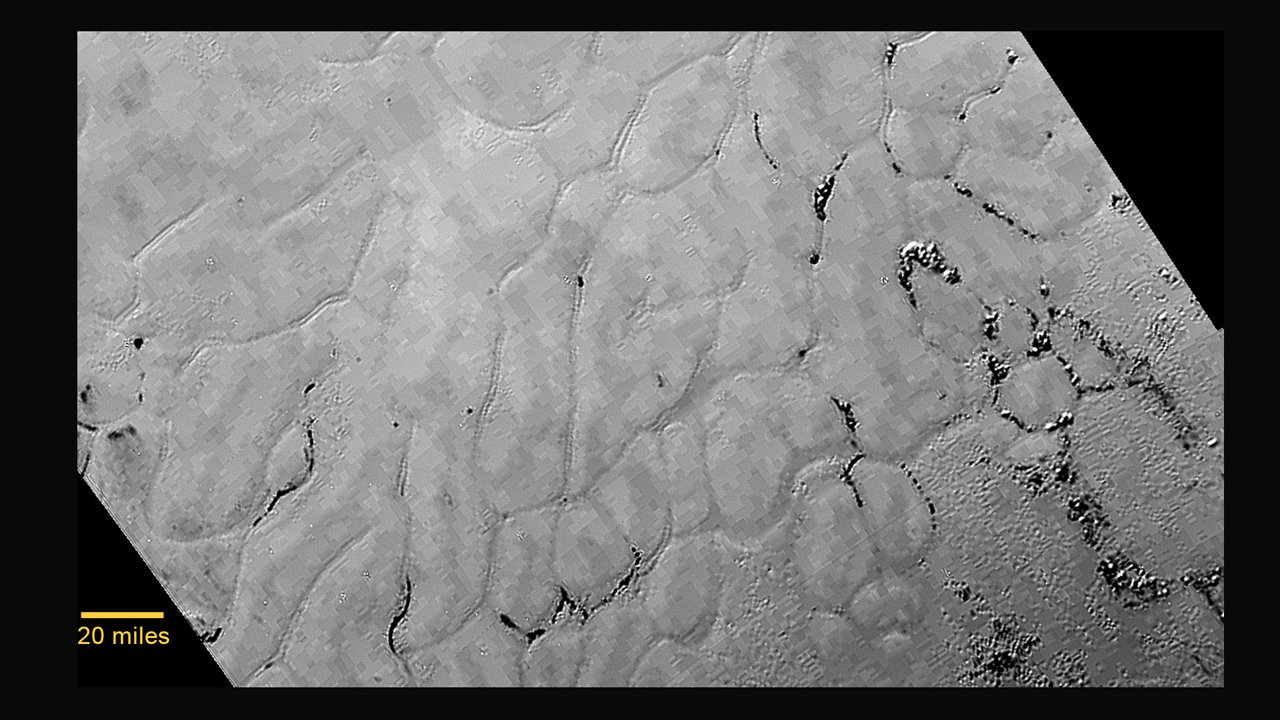It is a very exciting time in Astronomy. Two weeks ago, we had never seen Pluto close up. In fact, this was the best picture we had of Pluto:
Some people didn’t even realize this because a simple google search on just about any astronomical object will always pull up a nice “picture”. These pictures are usually just an artist’s rendition of what they think the object may look like. There was a time when all of the planets were nothing more than dots to our naked eyes, and small disks to a telescope. Through a telescope, Galileo discovered the four Gallilean moons of Jupiter, but I bet he never would have guessed that Jupiter has over 60 moons! Even with the power of the hubble telescope, we were only able to see Pluto and Charon as a set of a few pixels. It took an interplanetary mission to get these pictures.
Before anyone had seen Pluto in any significant resolution, I suspect they would have pictured it much like the Moon, or Mercury, a lifeless cratered dusty body. Here is a picture of mercury in greyscale. Nothing too impressive, just lots of craters and rays extending out from the craters, maybe a few cracks.
These are the best pictures we have of Nix and Hydra. I expect that we will get slightly better pictures in the months to come, but probably nothing too astounding. Their shape, orbits, rotations, and even colors are all very interesting. I’m excited to learn more about them. Pluto has blown our low expectations out of the water. It is far from a lifeless body. It has a slight atmosphere, it has snow/ice, it has mountain ranges, it has ice plains, and strangest of all, it appears to have no impact craters much like the Earth! For a planet to have no impact craters it either has to have no impacts, which is highly unlikely, or it has to be geologically active, resurfacing itself. Scientists believe that the surface of Pluto is only 100 million years old!Who knows what tomorrow has in store for us!


![281521main_flyby2_20081007_226[1]](http://panda-hq.net/wordpress/wp-content/uploads/2015/07/281521main_flyby2_20081007_2261.jpg)
![nh-nix-hydra-no-captions1[1]](http://panda-hq.net/wordpress/wp-content/uploads/2015/07/nh-nix-hydra-no-captions11.jpg)
![nh-pluto-mountain-range[1]](http://panda-hq.net/wordpress/wp-content/uploads/2015/07/nh-pluto-mountain-range1.png)
